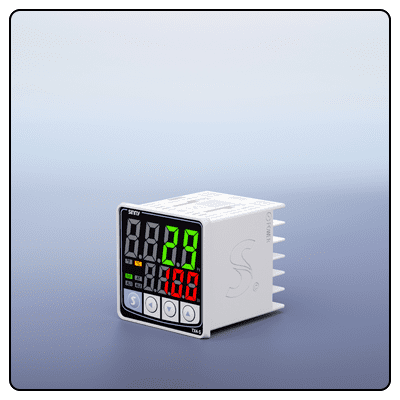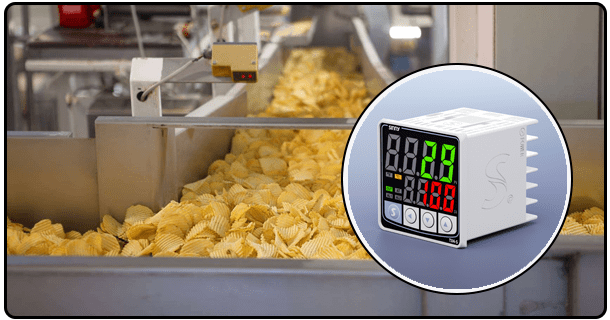What is A Digital Temperature Controller?
Discover the advanced capabilities of digital temperature controllers, with unrivaled precision, programmability and connectivity for effective temperature management.
Digital temperature controllers are sophisticated devices designed to deliver precise temperature regulation in various applications requiring it. While analogue controllers lack advanced features like programmability and accuracy, digital controllers provide enhanced features like programming them directly with computer systems for seamless control over temperatures. In this article we explore what digital controllers are, how they function, and their importance within modern temperature regulation systems.
1. Introduction to Temperature Controllers
Temperature controllers are used to create the ideal environment or system temperature in industries like manufacturing, food processing and climate control systems. Temperature controllers play an essential part when specific temperature requirements must be met such as manufacturing processes or operations or climate control applications.
2. Digital vs. Analog Temperature Controllers
The main distinctions between digital and analogue temperature controllers lie in their features and operation; analogue controllers use dials or sliders to set temperatures, while digital ones offer more accurate control as well as additional functionalities.
Advantages of Digital Temperature Controllers:
* Accuracy: Digital controllers offer more precise temperature readings and adjustments, providing accurate readings that allow more precise temperature management.
* Programmability: They can be easily programmed for complex processes with multiple setpoints.
* Connectivity: Digital controllers can often be connected to networks for remote monitoring and control purposes.
3. Components of a Digital Temperature Controller
A digital temperature controller typically includes the following:
* Sensors: Sensors such as thermocouples or RTDs measure actual temperatures; digital controllers convert these readings to digital signals for processing purposes.
* Control Unit: At the heart of every digital controller lies a microprocessor which processes temperature data to establish output that meets setpoint specifications.
* Output Devices: Digital controllers can connect with various types of output devices, including relays or solid-state devices, to control heating or cooling elements.
4. Working Principle of Digital Temperature Controllers
Digital Temperature Controllers Temperature controllers work using a feedback loop system:
1. Reading Temperatures: A sensor measures the current temperature, sending digital information directly to a microprocessor for calculation.
2. Making Adjustments: When the microprocessor compares actual and setpoint temperatures, its algorithms automatically calculate adjustments based on that comparison.
3. Regulating Temperature: Utilizing calculations, the controller transmits signals to output devices, which either heat or cool the system as necessary in order to maintain an appropriate temperature level in your environment.
5. Features of Digital Temperature Controllers
Temperature controllers provide many features to enhance their functionality:
* Precision and Accuracy: These temperature monitors deliver accurate temperature readings within tight tolerances for reliable performance.
* Programmability: Users are able to set multiple setpoints and control times in order to create complex temperature profiles.
* Connectivity: By including networking capabilities into their digital controllers, large industrial processes can now be monitored and controlled remotely - an invaluable advantage that digital controllers bring.
Digital Temperature Controller Applications
Temperature control units have numerous uses: they're ideal for controlling heating/air conditioning/venting systems as well as HVAC units. They can even serve to automate machinery such as conveyor systems.
* Industrial Processes: These thermostats regulate temperatures during processes like plastic injection moulding, where precise temperature management is crucial.
* Food Industry: Digital controllers ensure that cooking, baking and refrigeration take place at optimal temperatures to protect food safety and provide quality results.
* Climate Control: in Buildings and Facilities: Digital controllers in buildings and facilities use HVAC systems to maintain comfortable yet energy-efficient environments for their occupants.x
- Are PID Temperature Controllers Applicable For Cooling Applications?
- Exploring PID Temperature Controllers: Key Components























